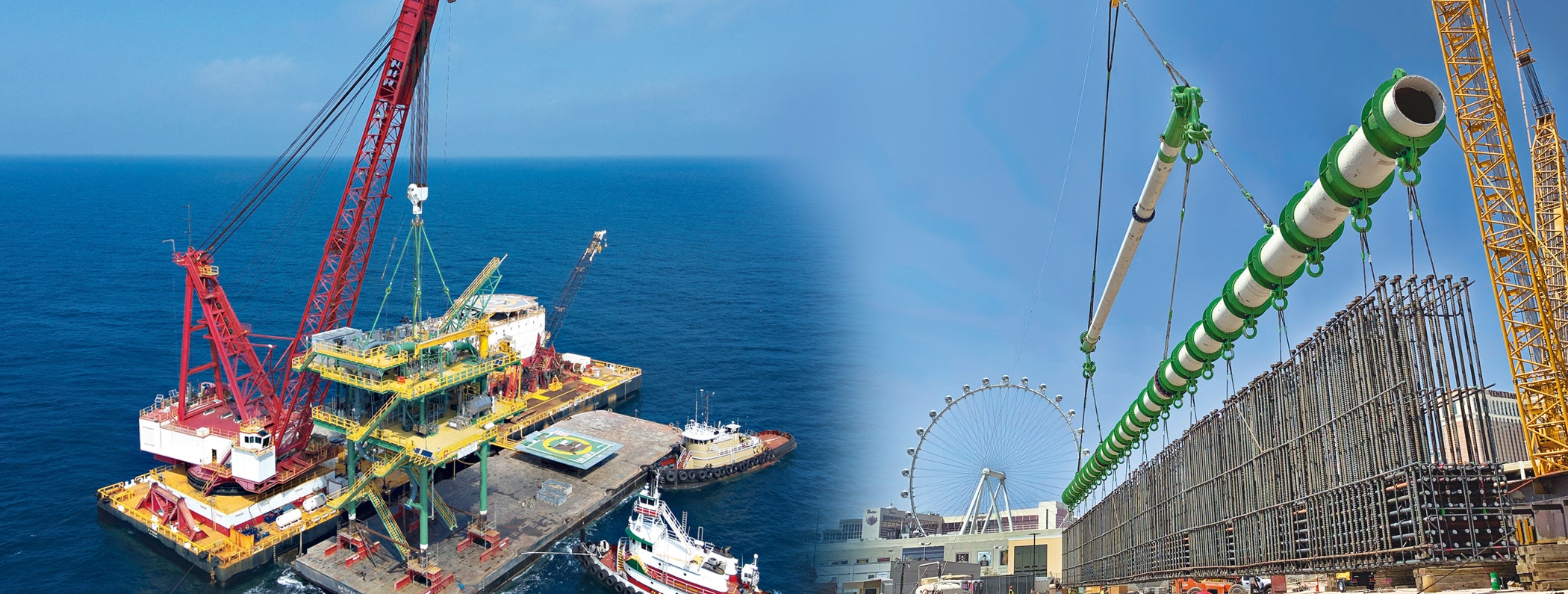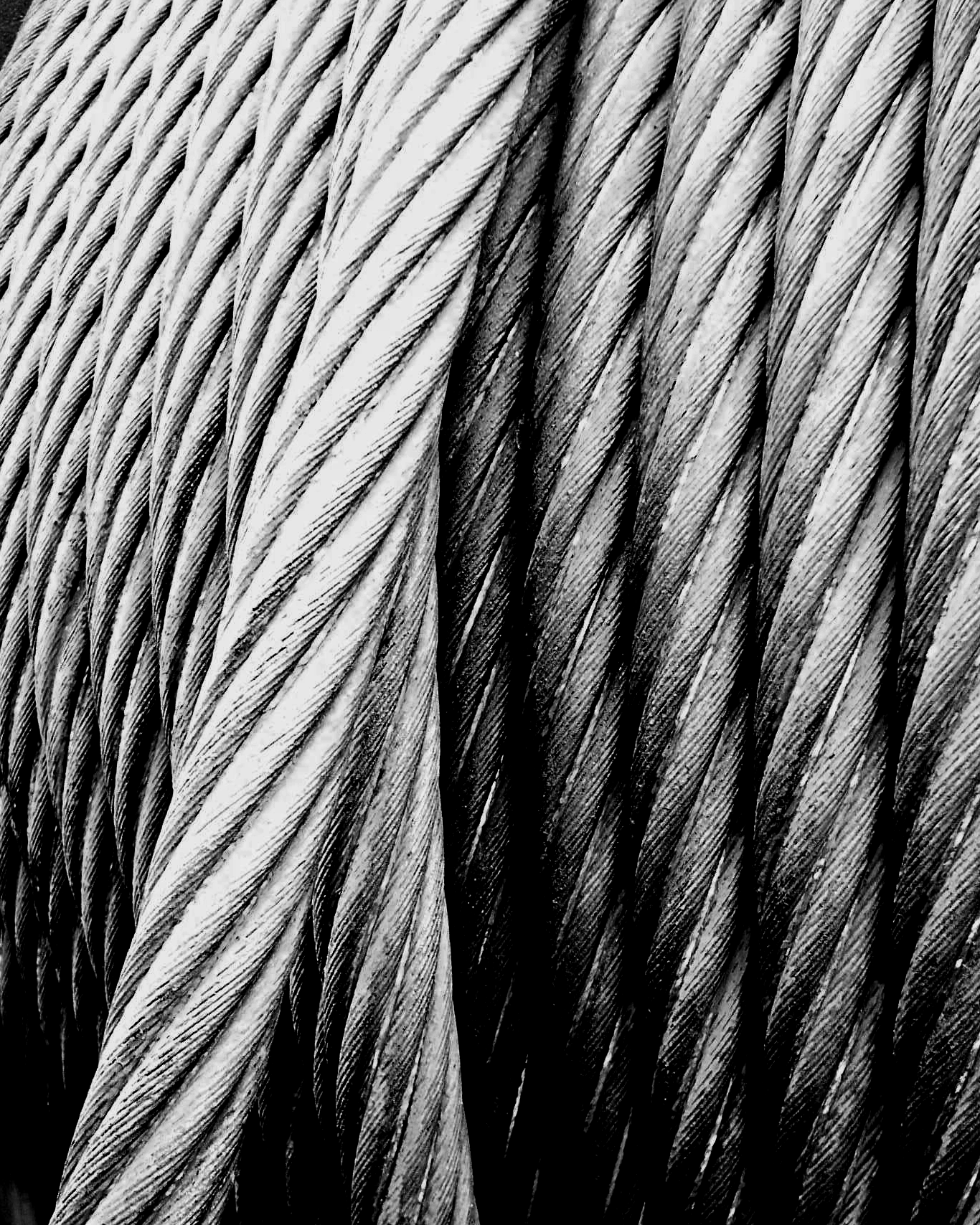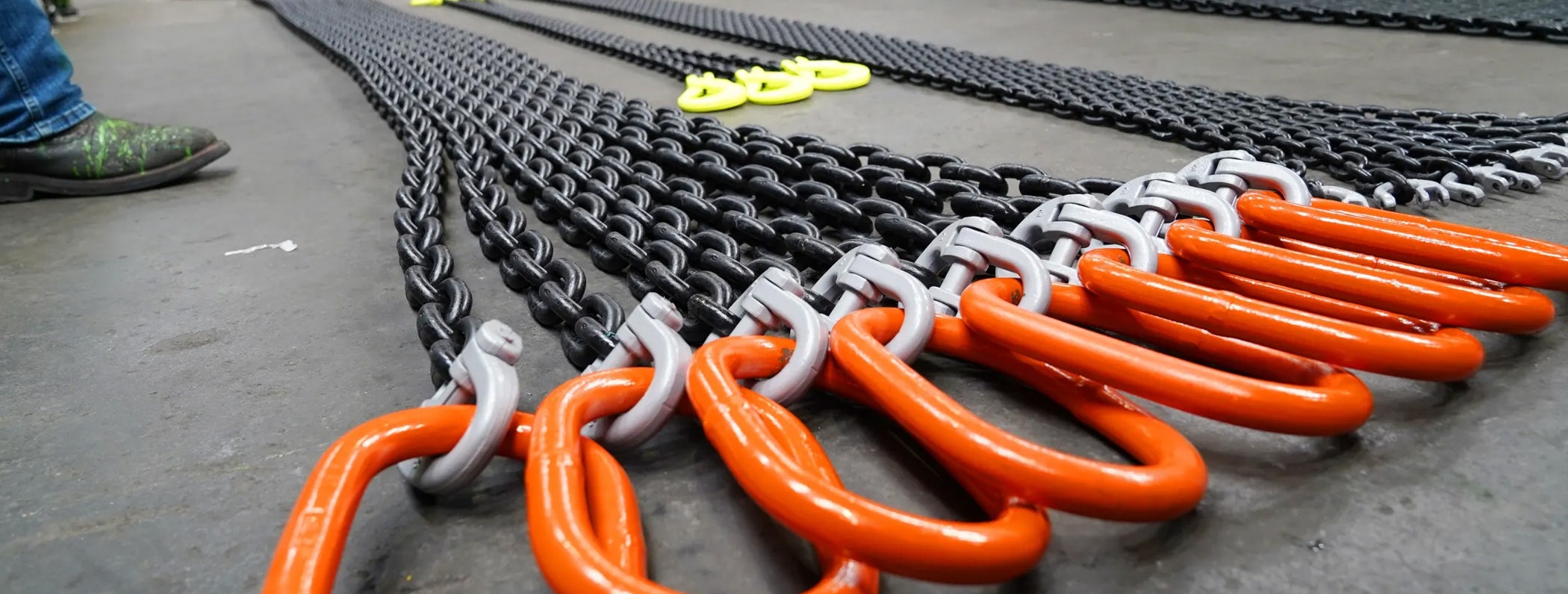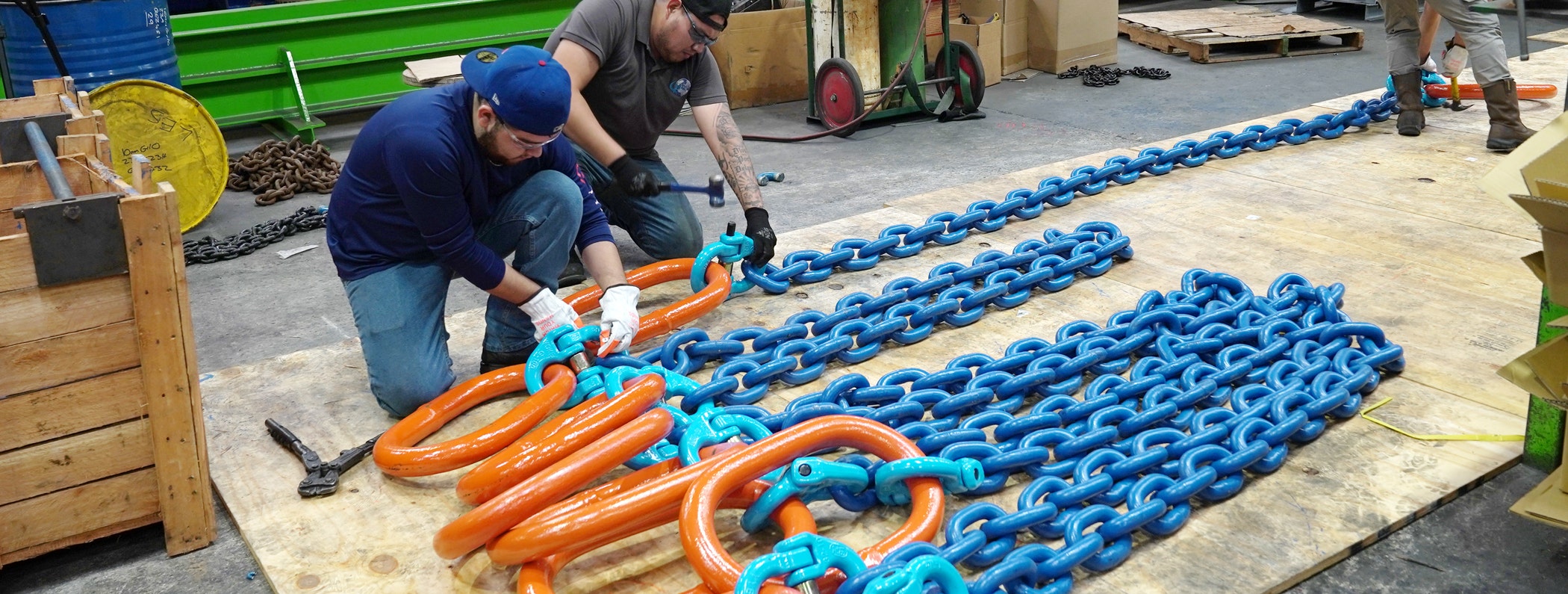Top Tips for Selecting the Right Slings

When handling suspended loads in industrial settings, selecting the right sling is critical for smooth and safe operations. Slings are core components that help lift, secure, and move loads efficiently. Wire rope suppliers churn out the best and the most hi-tech and innovative slings from time to time, with a view of bringing about safe equipment handling and lifting of loads. This guide explains the factors to consider when selecting slings and provides insights into different types of slings available.
Factors to Consider When Choosing Slings
Several factors should be considered when choosing the right sling for your application:
- The size of the load
- The weight of the load
- The shape of the load
- The temperature and sensitivity of the material being moved
- Environmental conditions
- Outcome of the visual inspection (This is to be done before each use to ensure safety and effectiveness)
Slings are also used in hoisting equipment. Improper use of such equipment (Including slings) can lead to accidents, slowed operations, or even damage to the load. Routine checks and proper handling are vital.
Types of Slings
There are six primary types of slings commonly used in industrial operations:
1. Chain sling
2. Wire rope slings
3. Metal mesh slings
4. Natural fiber rope slings
5. Synthetic fiber rope slings
6. Synthetic web slings
These slings are further classified into 3 categories –
3. Fiber rope/ synthetic web slings
Each type has unique characteristics that make it suitable for specific applications. The following pointers may be useful in the selection of the right kind of sling –
Detailed Insights on Sling Types
Chain Slings

Chain slings are commonly used in heavy lifting operations due to their strength and adaptability. They are typically made of alloy steel, which provides substantial strength to handle significant weights. However, before using a chain sling, it is important to check it for any damage, such as stretches, scratches, cavities, or wear that exceeds the manufacturer’s limits. If any of these signs are present, the sling should be removed from service immediately.
While chain slings are strong, they are not resistant to sudden shocks, which can cause sling failure, damage to the load, and injury to workers. Care should be taken to avoid situations that subject the sling to sudden, extreme forces. Chains are well-suited for applications where high strength and the ability to adjust to the shape of the load are needed, but they should be used with caution to avoid safety hazards.
Wire Rope
To make a wire rope, a collection of wires is compiled with individual wires twisted together to form strands. These strands are further twisted together, which results in the formation of a wire rope. Wire ropes which are made of fiber strands tend to be more ductile but are less resistant to adverse environmental conditions. On the other hand, wire ropes made of wire strands are generally associated with greater strength and higher endurance to heat.

Selecting a good quality and long-lasting wire rope entails looking for 4 features that make it reliable: strength, wear resistance (bending without distortion), the ability to endure abrasion, and the ability to withstand abuse.
Strength
The strength of a wire rope is determined by its size (diameter), grade, and construction. It is important to choose a wire rope that can handle the maximum applied load.
Wear Resistance
Wire ropes are susceptible to fatigue failure, which occurs when cracks develop in the rope due to frequent bending. The bending radius is a key factor in preventing this kind of failure. Using proper padding or blocking can help increase the bend radius, reducing the chance of cracks forming.
-
Endurance to Abrasions
The size and number of wires in a rope affect its ability to resist abrasions. Smaller wires are more flexible but offer less abrasion resistance, while larger wires are more rigid but better able to handle abrasion.
Withstanding Abuse
Misuse of wire rope slings, such as mishandling or improper storage, can lead to kinks, bird caging, and other forms of structural damage. This can cause injuries to those handling the ropes. To prevent such issues, it is crucial to follow proper safety procedures when using and maintaining wire rope slings.
Fiber Rope and Synthetic Web
Fiber Rope
Fiber rope slings are primarily used for light lifting tasks and are commonly found in short-term applications such as construction or painting. They are particularly useful for handling delicate loads, including fragile equipment, as they provide a softer touch than metal slings. However, fiber ropes have certain limitations that must be considered
A major drawback of fiber rope slings is their fragility to damage from acids and caustic substances. These slings should be stored away from any materials that could cause such chemical damage. Routine inspections are important to make sure the fiber rope is free from cuts, gouges, worn-out surfaces, or any signs of brittleness or discoloration. If any such defects are discovered, the sling should be discarded.
An important sign to watch out for is the build-up of powder-like sawdust on the inside of the fiber rope, which indicates extreme internal wear. Also, if merely scratching the rope fibers with a fingernail causes them to split easily, it implies that the sling has suffered chemical damage. Such ropes are unsafe for use and should be discarded.

Synthetic Web Slings

Synthetic web slings are made from materials such as nylon, polyester, or polypropylene. These slings are designed to conform to the shape of the load, providing a snug, anti-slip grip that helps to prevent load slippage during lifting operations. They are highly effective in lifting delicate or polished loads as they are less likely to cause damage or scratches
One of the significant advantages of synthetic web slings is their ability to absorb heavy shocks without suffering damage. They are also resistant to mildew, decay, and bacterial growth, making them suitable for use in a wide range of environmental conditions. Synthetic web slings are also resistant to chemical damage and have a high level of abrasion resistance, which makes them long-lasting under normal use.
Despite these benefits, it is important to inspect synthetic web slings regularly to ensure they are in good working condition. Any signs of damage, such as burns, melting, charring, snags, tears, cuts, broken stitches, or excessive wear, indicate the sling should be removed from service. Adhering to the manufacturer's specifications and guidelines for inspection and maintenance is crucial to maintaining the safety and effectiveness of synthetic web slings.
Conclusion
Each type of sling offers unique advantages and limitations, making it vital to select the appropriate sling for the task at hand. Regular inspection and proper handling are critical to maintaining the functionality and safety of slings, whether they are made of chain, wire rope, fiber, or synthetic materials. By adhering to best practices, users can ensure efficient lifting operations while prioritizing the safety of workers and the integrity of the load.
















